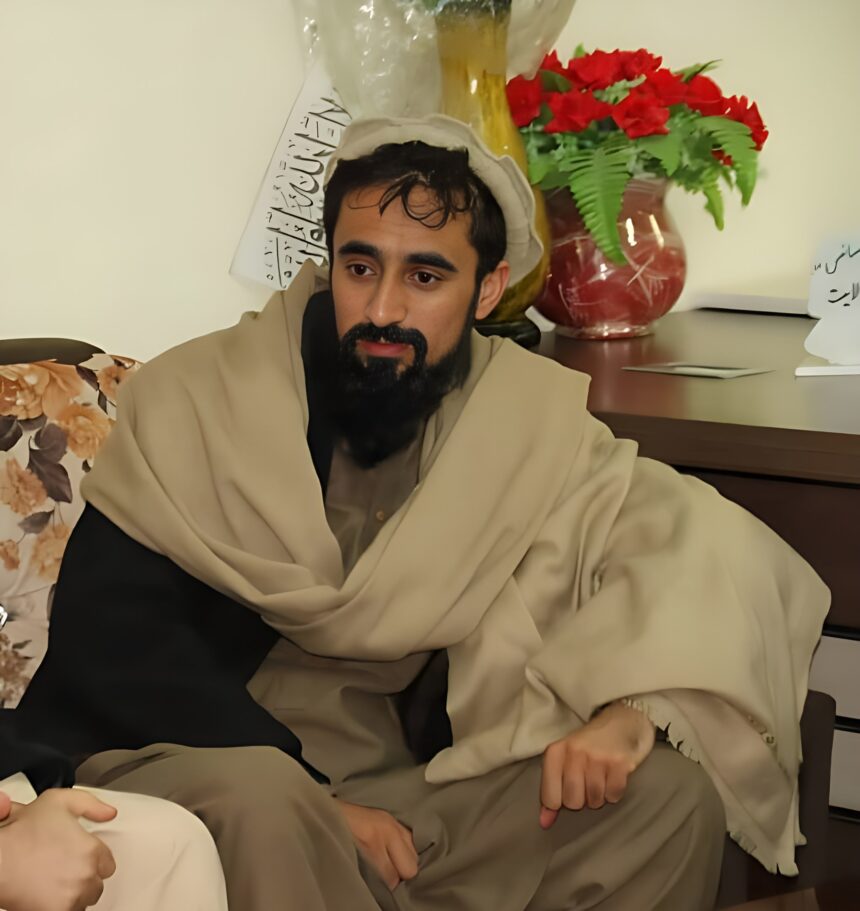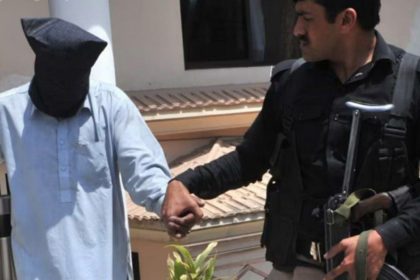RASC News Agency: Intense internal conflict has erupted within the Taliban’s ranks in Badakhshan, exposing deep ethnic and structural fractures at the heart of the group’s authoritarian regime. Local sources in the province have confirmed to RASC that violent clashes broke out between rival Taliban factions, with casualties reported on both sides. The fighting reportedly involved Pashtun Taliban units and forces loyal to Salahuddin Salar, the deputy director of intelligence at the Taliban’s Ministry of Defense. Salar, a high-ranking Tajik commander and native of Khastak village in Jurm district of Badakhshan, is said to have traveled to his home province in protest against what he described as “rampant injustice and entrenched ethnic chauvinism” within the Taliban’s Pashtun-dominated leadership.
This development marks an extraordinary and unprecedented rupture within the group. While occasional internal tensions have been previously reported, this is the first time a senior Tajik official from within the Taliban’s ranks has publicly taken a stand against the regime’s discriminatory internal practices. Salar had previously aired his grievances on social media, condemning what he called “systematic marginalization” of non-Pashtun members. However, according to informed sources, his repeated warnings were met with silence and indifference by the Taliban’s senior leadership, prompting him to take unilateral action. Following his arrival in Badakhshan, local tensions flared dramatically, culminating in armed confrontations between Salar’s supporters and Taliban forces loyal to the central command. Eyewitnesses report that several militants on both sides were either killed or seriously wounded in the clashes, though the Taliban leadership has remained conspicuously silent.
The unrest has not been limited to infighting alone. In a disturbing parallel development, clashes also broke out between Pashtun Taliban fighters and local Tajik farmers, reportedly resulting in the deaths of at least three civilians. These incidents further underscore the Taliban’s aggressive posture toward the local population, particularly in regions that have resisted their rule. To date, the Taliban’s provincial authorities in Badakhshan and central spokespersons in Kabul have failed to issue any formal comment regarding these developments. Their silence only deepens concerns about the regime’s inability or unwillingness to address the growing ethnic discontent within its own ranks. Analysts interpret these events as evidence of a growing schism within the Taliban’s power structure. What was once projected as a monolithic and unified Emirate is increasingly revealed to be a volatile patchwork of ethnic and factional rivalries. The Badakhshan clashes are not merely an isolated skirmish they are a symptom of the deeper, unresolvable contradictions at the heart of the Taliban’s rule.
The group’s continued suppression of non-Pashtun voices, its exclusionary political culture, and its militarized grip on power have alienated even some of its own high-ranking members. The uprising led by Salar may well serve as a harbinger of further defections and internal revolts, especially in northern and northeastern provinces where ethnic Tajiks and other communities have long borne the brunt of Taliban brutality. As the regime continues to fracture under the weight of its own dogma and tyranny, the myth of a united Islamic Emirate is rapidly unraveling. What remains is a deeply fractured organization, held together not by unity of purpose or ideology, but by fear, coercion, and a crumbling illusion of control.






